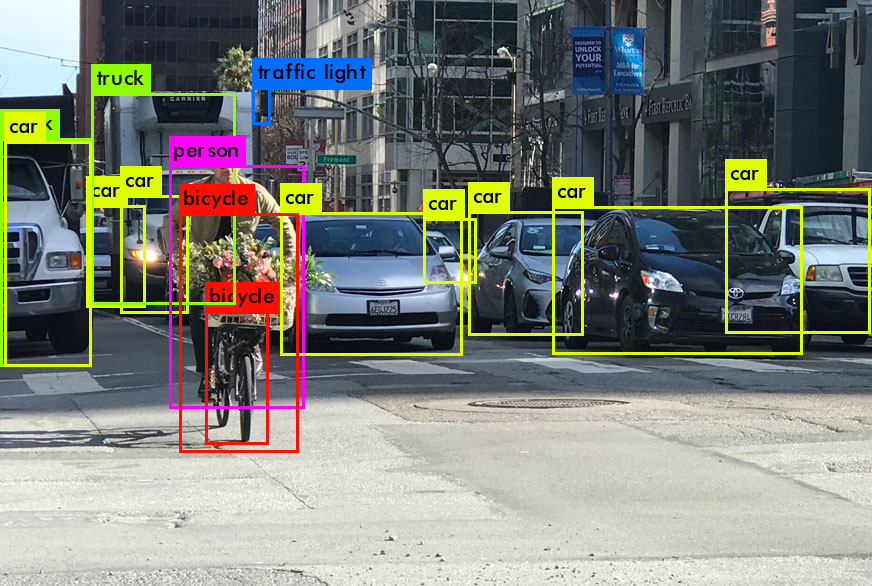ESM3 — The Frontier of Protein Design?
An introduction to ESM3
Protein structure prediction and design play pivotal roles across many scientific and industrial fields, impacting drug discovery, enzyme engineering, and biotechnology. Traditionally, these endeavours have been hindered by the complexities of accurately predicting how amino acid sequences fold into functional three-dimensional structures. This challenge stems from the vast conformational space proteins can adopt and the subtle interactions governing their stability and function. ESM-3 is a new approach that leverages advanced ML techniques to unify sequence, structure and function prediction. If these concepts are unfamiliar to you and you’d like further clarity, there’s a good overview here . Models in the past have only been capable of achieving this to a limited extent, and have instead had to specialise within a domain to achieve the best performance. ESM-3 not only enhances our understanding of protein biology but also holds promise for accelerating the discovery and design of novel proteins with tailored functions.





![AI for the green transition - Applications and use cases [Part 2]](https://5386477.fs1.hubspotusercontent-na1.net/hubfs/5386477/organic%20farm%20in%20house%20with%20working%20robot.png)



